Akira Kurosawa’s mastery of different genres is a given and one of High and Low’s strengths is a seamless blending of various styles within a single film. Though highly rated by Japanese critics, this 1963 adaptation of an Ed McBain 87th Precinct crime novel has been long overlooked, High and Low taking in corporate politics, familial tensions and a thrilling race to catch an enigmatic villain.
Kurosawa regular Toshiro Mifune plays Kingo Gondo, a senior executive at National Shoes. He's at odds with other board members seeking to cut costs by producing cheap, short-lived footwear (“shoes must wear out”, says one), while Gondo insists that selling a longer lasting, durable product will be more profitable in the long run.
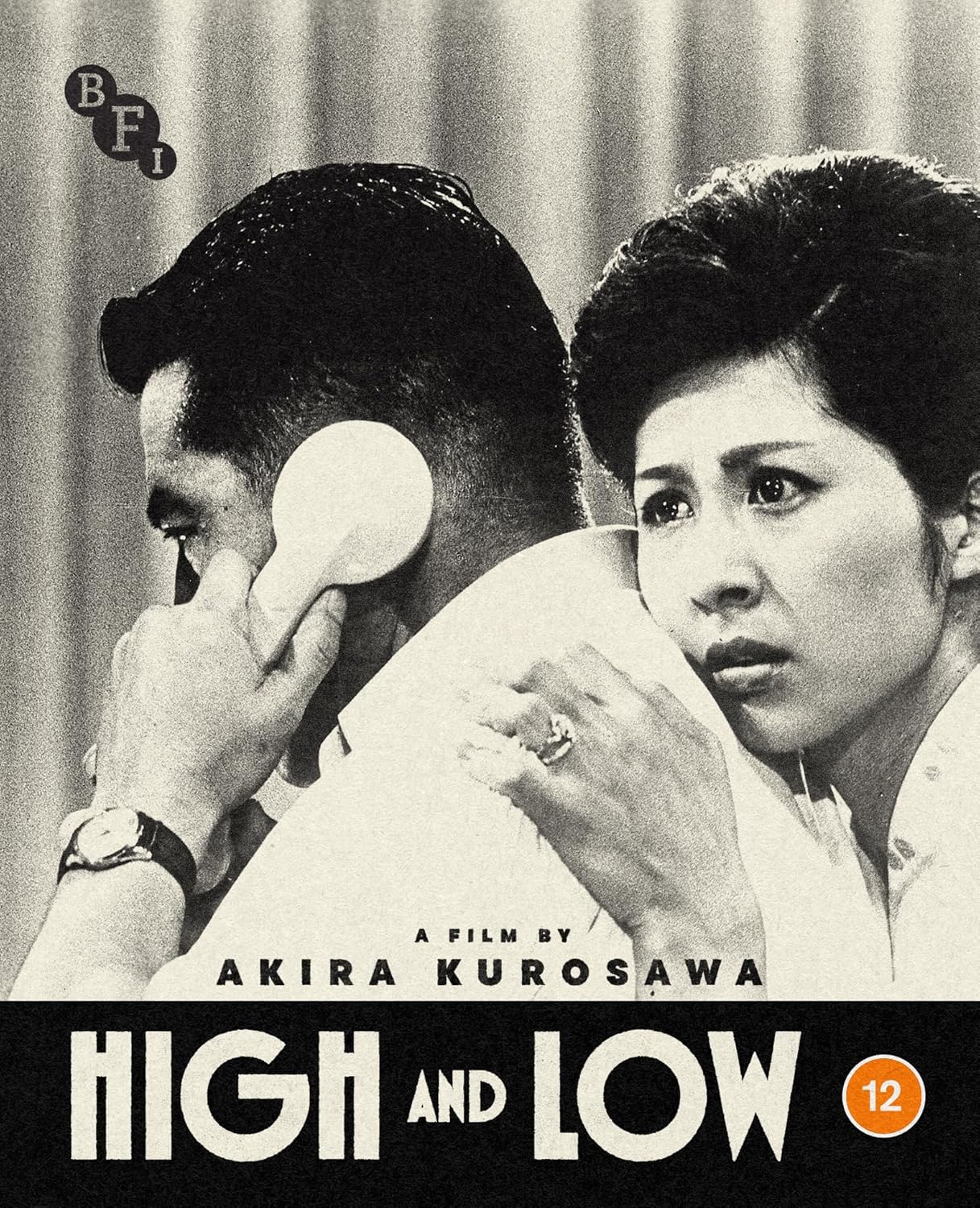 Kurosawa sets the film’s first hour entirely in Gondo’s swish but soulless modern home, perched high on a hill overlooking the slums of Yokohama below (the Japanese title, Tengoku to Jigoku, translates as Heaven and Hell). Gondo’s plan to secretly gain control of the company is derailed by a phone call stating that his son Jun has been abducted, the kidnapper demanding a huge sum for his release. Jun’s sudden appearance indicates that his friend Shinichi, Gondo’s chauffeur’s son, has been taken by mistake, the kidnapper refusing to back down. Tensions build as the police arrive and eavesdrop on the telephone conversations; Gondo, a man who believes that “in life, it’s either win or lose”, at first refuses to pay: doing so would interfere with his business plans and jeopardise his comfortable lifestyle. Gondo’s subsequent change of mind confirms that at heart he’s decent and honourable, doing the right thing while taking a huge financial hit.
Kurosawa sets the film’s first hour entirely in Gondo’s swish but soulless modern home, perched high on a hill overlooking the slums of Yokohama below (the Japanese title, Tengoku to Jigoku, translates as Heaven and Hell). Gondo’s plan to secretly gain control of the company is derailed by a phone call stating that his son Jun has been abducted, the kidnapper demanding a huge sum for his release. Jun’s sudden appearance indicates that his friend Shinichi, Gondo’s chauffeur’s son, has been taken by mistake, the kidnapper refusing to back down. Tensions build as the police arrive and eavesdrop on the telephone conversations; Gondo, a man who believes that “in life, it’s either win or lose”, at first refuses to pay: doing so would interfere with his business plans and jeopardise his comfortable lifestyle. Gondo’s subsequent change of mind confirms that at heart he’s decent and honourable, doing the right thing while taking a huge financial hit.
At which point High and Low abruptly changes pace and focus, a police team led by Tatsuya Nakadai’s Inspector Tokura occupying the foreground. A sequence involving the ransom money’s handover is nail-biting, filmed with handheld cameras on a speeding train; Shinichi is returned unharmed and the business of tracking down the kidnapper begins in earnest. Tokura’s fellow officers are brilliantly characterised, Kenjiro Ishiyama’s bear-like Detective Taguchi a standout. Kurosawa gives us a vivid sense of the inequalities of postwar Japanese society, Gondo’s bourgeois life at odds with those both economically and geographically below him. We meet the kidnapper Takeuchi, (Tsutomu Yamazaki) midway through the film, well before his arrest, the painstaking process of catching him outlined in forensic but fascinating detail.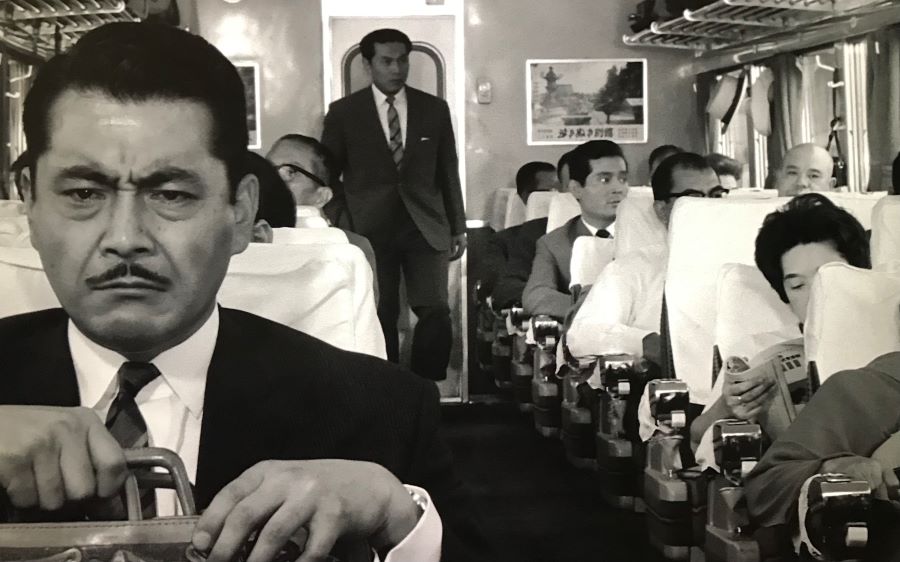 Watch out for a brief but significant flash of colour, a puff of pink smoke seen against a monochrome grey sky. The final scene is devastating, Gondo and Takeuchi sat face to face, the latter telling his victim how “it’s interesting to make fortunate men unfortunate”. High and Low is one of the great crime thrillers: buy this BFI disc and watch it before Spike Lee’s upcoming remake, Highest 2 Lowest, is released later this year.
Watch out for a brief but significant flash of colour, a puff of pink smoke seen against a monochrome grey sky. The final scene is devastating, Gondo and Takeuchi sat face to face, the latter telling his victim how “it’s interesting to make fortunate men unfortunate”. High and Low is one of the great crime thrillers: buy this BFI disc and watch it before Spike Lee’s upcoming remake, Highest 2 Lowest, is released later this year.

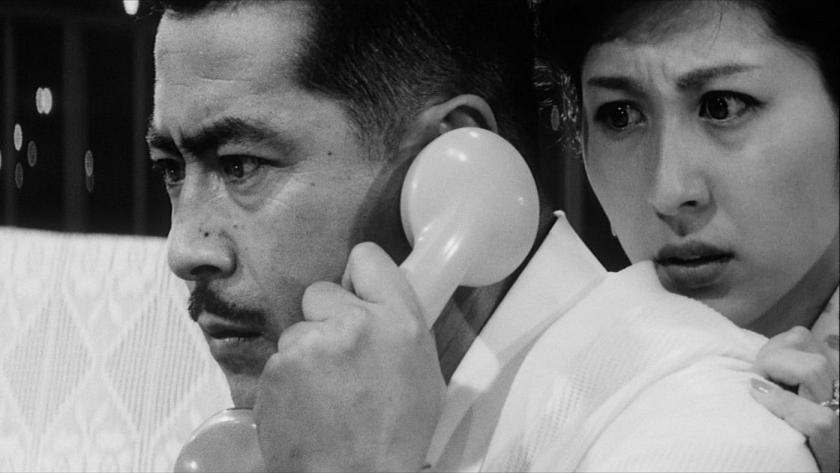



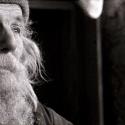
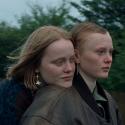
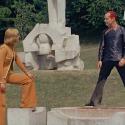
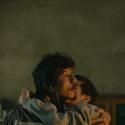
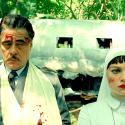

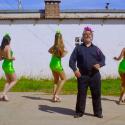

Add comment